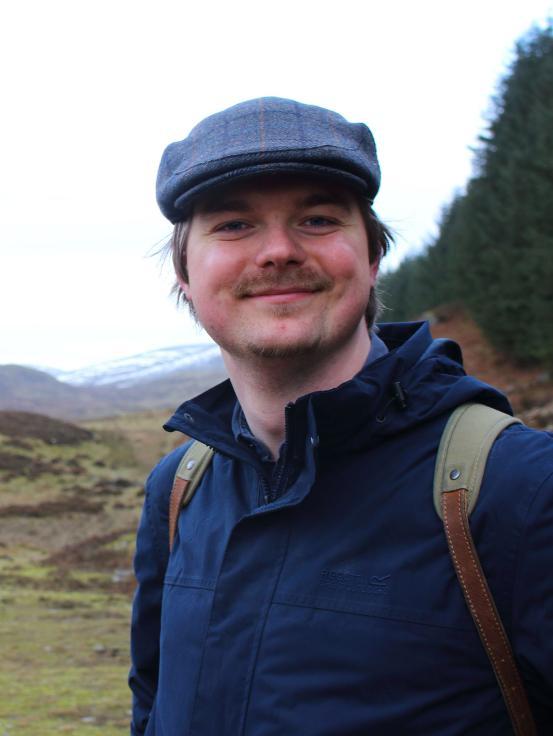Dr Niclas Westerberg
Published: 18 January 2022
Light-matter interactions, quantum optics and quantum sensing

| Dr Niclas Westerberg |
Niclas.Westerberg@glasgow.ac.uk |
| School of Physics & Astronomy |
|
| Fellowship |
1851 Royal Commission Research Fellowship - 31st Dec 2020 to 30th Dec 2023 |
| Area of Research | Light-matter interactions, quantum optics and quantum sensing |
Why did you choose to pursue a fellowship in your research career?
Why not? On a more serious note, I have always found myself with very broad interests working on sometimes disparate things and my fellowship allows me the freedom to pursue this, as well as to develop as an independent researcher. A fellowship is also a stepping-stone in the academic world towards a lectureship post, which naturally didn’t go unnoticed.
Why work at the University of Glasgow?
I find myself in a lucky position in that the University of Glasgow, and the research group I am in, has a rather perfect combination of expertise and people to complement my research, as well as to expand my knowledge base. This, of course, includes working with the people in the Quantum Theory group, but also collaborating with the experimentalists in the Extreme Light group. In this sense, the choice was very natural. Importantly, it also helps that both my partner and I enjoy living in Scotland. Indeed, as an avid outdoorsman, Scotland has a lot to offer.
How would you describe your research in 20 words or less?
I study the physics of light at the nanoscale and aim to reshape the quantum vacuum for photon sources.
What is your research highlight?
Hmm, I might be a theorist, but I find it important to always stay connected to experiments. For physics to be physics, it should be testable after all. With that in mind, I am particularly proud of the occasions when I’ve provided theory that could later be experimentally verified, such as describing and finding droplets of light or my study of photon pair emission in spatially modulated fibres.
What do you look for in a collaboration?
Collaboration is an essential driving force for research, and I am always looking for new connections. We often learn something new by applying techniques known from one field in another, testing predictions or attempting to explain experimental results. Either avenue is something I look for and enjoy working on. As is rather relevant for my fellowship, perhaps there are some fabrication opportunities at the James Watt Nanofabrication Centre?
How do you see your research impacting society?
A large part of this is to contribute to our understanding of the physical world. How much is perhaps a different question, but it serves as a goal. On a technological level, both quantum communication and quantum sensing depend directly on our ability to generate and manipulate photons – this is where my research lives and where I hope to contribute. But you never know, I recently started a new collaboration where aspects of my research are applied to develop future healthcare technologies, so the route may vary.
What next?
I hope to continue my research, work with students, and ultimately secure a permanent academic post. My fellowship is a step in the right direction, but there is plenty of road ahead.
First published: 18 January 2022

